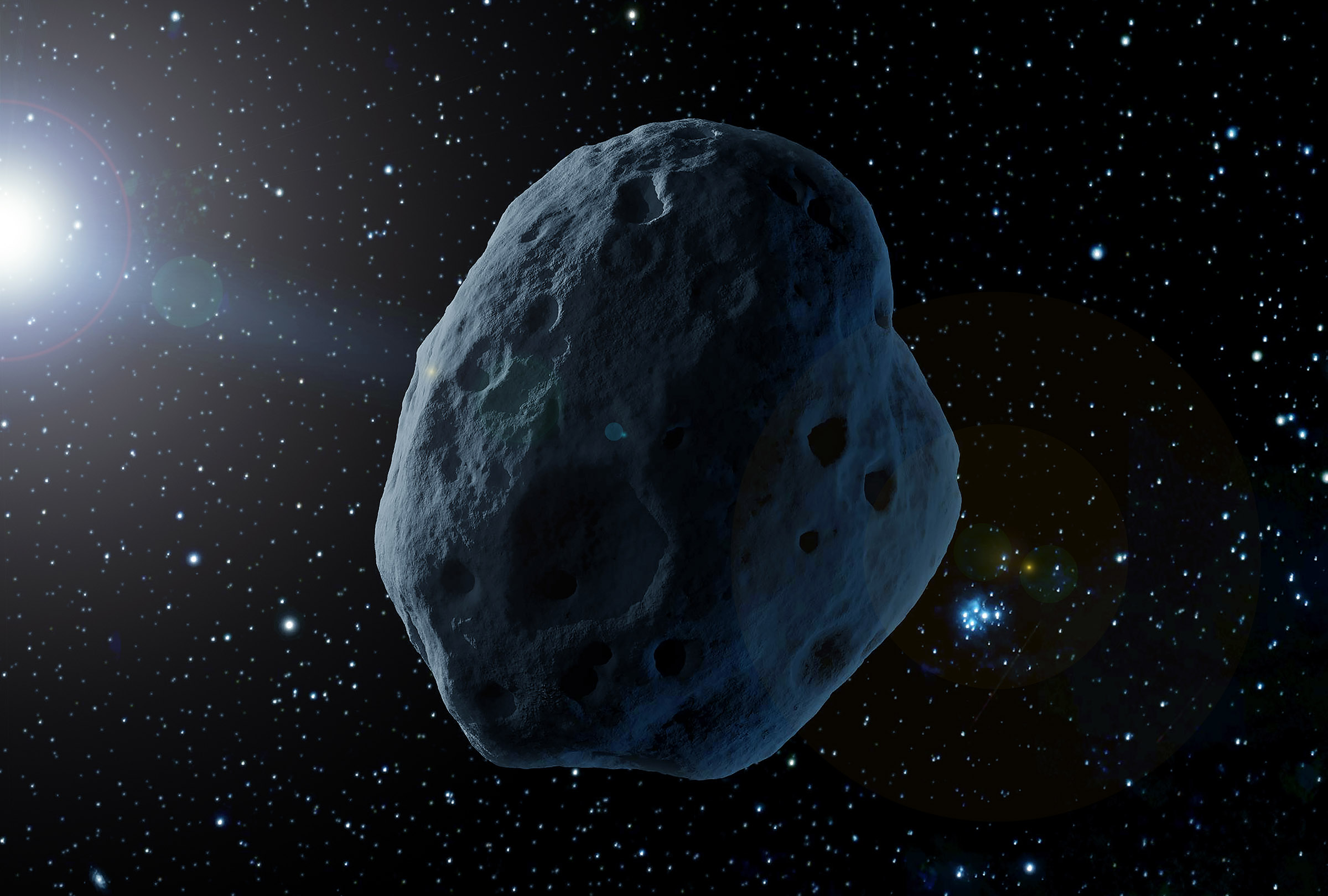Astronomers have discovered a hidden planet-killer asteroid that could pose a threat to Earth in the future. The asteroid, which is one of three astronomers report on in a new paper published in The Astronomical Journal, is named 2022 AP7. It was spotted using the Dark Energy Camera on the Victor M. Blanco 4-meter Telescope during a brief window of twilight.
While it could pose some risk to Earth in the future, the hidden planet-killer asteroid is currently not passing anywhere near our planet. Instead, astronomers believe that its current orbit will have it crossing Earth’s path when we are on the opposite side of the Sun. However, over the years, the asteroid’s orbit will bring it closer and closer to our planet as it crosses closer to where our planet is.
2022 AP7 is the largest potentially hazardous asteroid that astronomers have discovered since 2014, the team behind the new research says. It is also probably in the top five percent of the largest asteroids ever found. Luckily, the hidden planet-killer asteroid doesn’t pose a direct threat to our way of life just yet, and NASA’s DART test saw a lot of success at changing the orbit of an asteroid last month.

What makes this asteroid so dangerous is its over 1km size. The researchers estimate the diameter of the asteroid to be around 1.1km to 2.3km. At that size, the hidden planet-killer asteroid would cause dust and pollutants to be expelled into the air on impact. These clouds would then essentially block sunlight from getting to the planet, cooling the surface of Earth significantly.
While that might sound like a good thing considering the current climate change crisis, the pollutants would fill the air for years, leading to mass extinction on several levels. In fact, it would be a mass extinction event unlike anything the Earth has seen in millions of years, the researchers say.
Of course, proving just how big this hidden planet-kill asteroid actually is is actually rather difficult. That’s because the glare from the Sun makes it hard to spot these asteroids, and even when observing them at twilight, the sunlight is still quite bright, making it hard to see. Still, even if the asteroid is large enough to cause massive damage to our planet, it isn’t something we have to worry about yet.








